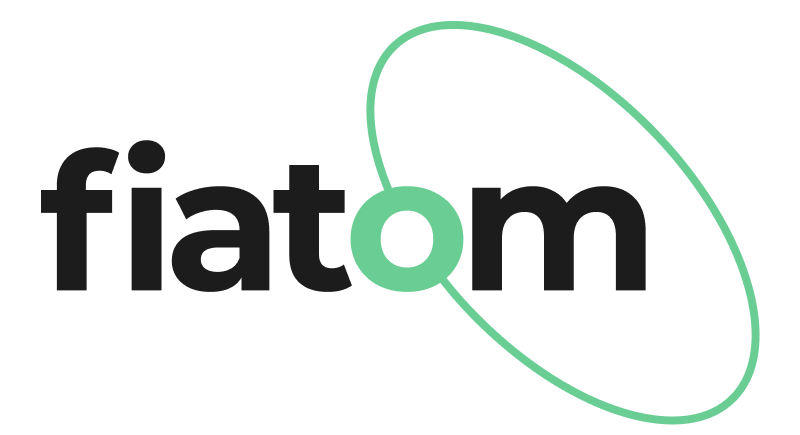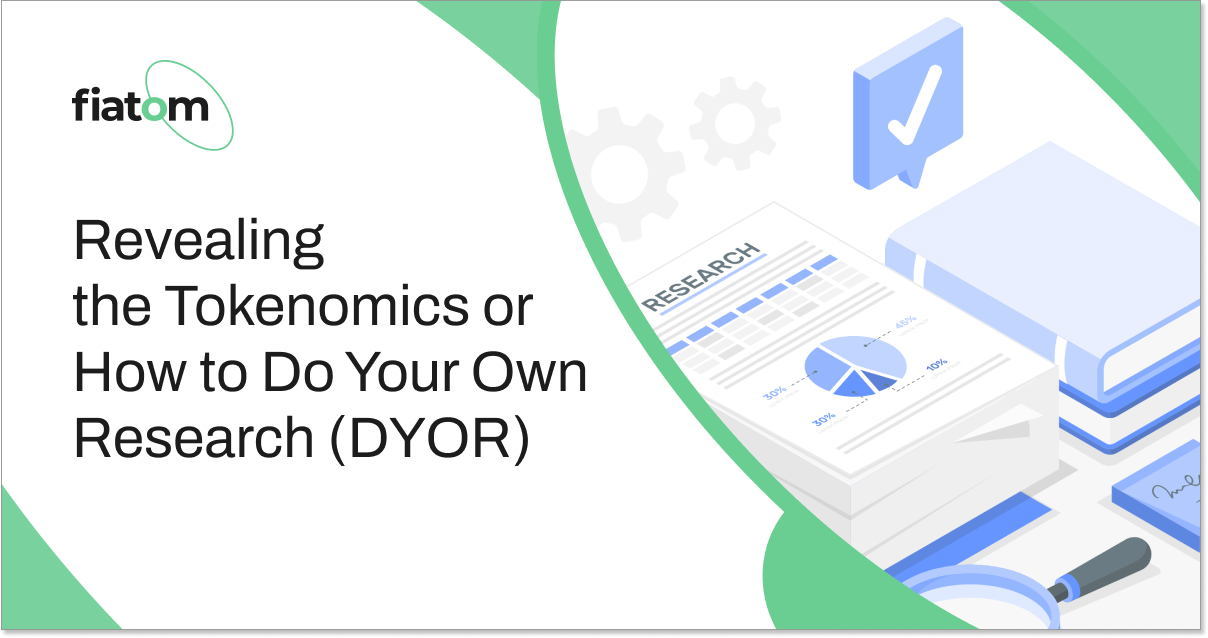Before diving into any cryptocurrency investment, it’s wise to scrutinize the tokenomics of the coin, a practice that can’t be emphasized enough in the oft-repeated mantra, “Do your own research”. This phrase used by cryptocurrency enthusiasts has already acquired its own acronym DYOR. But what exactly needs to be done?
Definition
Tokenomics combines elements of economics and blockchain technology. While economics is a well-established field with universally accepted principles, cryptomarket is a relatively new field without standardized terminologies. To navigate this let’s rely on masters of cryptomarket like Coinbase, Binance, and CoinMarketCap. They break down tokenomics into several vital elements:.
Fundraising and Distribution: How a project raises funds, often via Initial Coin Offerings (ICOs), and how it distributes these tokens initially. (CoinMarketCap)
Supply Dynamics: This covers the total and circulating supply of tokens and mechanisms like minting or burning that affect a token’s scarcity and value. (Binance Academy)
Utility and Functionality: Tokens may serve various purposes within their ecosystems, such as facilitating transactions, granting voting rights in governance, or providing access to specific services which ultimately impact their tokenomics. (Binance Academy)
Governance: Token holders often have the right to vote on key project decisions, influencing the project’s direction and updates to the tokenomics themselves. Researching the Governance can reveal a lot about the future of the project. (CoinMarketCap).
Market Dynamics: Tokenomics also involves the study of market capitalization, price dynamics, and the regulatory compliance of tokens, which are essential for assessing the financial health and sustainability of token-based projects (Coinbase).

These features can help to understand whether a project is sustainable long-term or if it’s likely just a quick scheme to raise funds.
Sources of information
We’ve learned what tokenomics is, but where do we look for information to draw our own conclusions about the tokenomics of a particular coin? The primary source of information about the project’s tokenomics should be considered the official documents of the project known as Whitepaper and Sale Agreement. You can find them in several places:
1. Project Websites: Most legitimate cryptocurrency projects provide access to their documents directly on their websites. Look for sections titled “Whitepaper,” “Terms of Sale,” “Token Sale,” or “Legal”.
2. GitHub Repositories: Many blockchain projects are open source and share their documentation, including token agreements, on platforms like GitHub. Search for the project’s GitHub repository and check the “docs” or “legal” folders.
3. Crypto Platforms and Communities: Websites like Bitcointalk, Reddit (especially subreddits like r/CryptoCurrency), and other cryptocurrency forums may share or discuss token documents. Some cryptocurrency exchanges and blockchain platforms provide financial reports or transparency updates, especially those that are publicly traded or part of larger financial networks. For instance, Coinbase, as a publicly-traded company, releases financial statements that include their cryptocurrency holdings and operations.
4. Legal and Financial Blogs: Some legal and financial blogs that focus on cryptocurrencies may analyze or provide template agreements. Websites like CoinDesk, CoinTelegraph, or specialized law firms’ blogs might have relevant articles, Bitcoin Market Journal or Token Terminal offer financial breakdowns and performance metrics for various crypto assets and projects.
5. Regulatory Filings: In some cases, projects that comply with securities regulations may file documents with financial regulatory authorities (like the SEC in the U.S.). For public companies that invest in or operate with cryptocurrencies, you can find their financial statements through their regular filings with regulatory bodies like the SEC. Companies such as Tesla and MicroStrategy, which have significant cryptocurrency holdings, include these assets in their financial reports. You can access these filings through the SEC’s EDGAR database or the companies’ investor relations pages.
6. Blockchain Networks or Projects: If you are interested in specific blockchain projects (like Ethereum, Binance Smart Chain, etc.), check their official websites or developer documentation for any available agreements related to token sales.
7. Research Publications: Academic journals and financial industry publications sometimes analyze and report on the financial statements of companies involved in cryptocurrencies. For example, studies published in journals like the Review of Accounting Studies might provide insights into how companies report cryptocurrency on their financial statements and the implications of those practices.
Always verify the credibility of a project and ensure it has undergone thorough due diligence before engaging in any token sales or purchases.
This comprehensive approach provides a solid foundation for understanding a token’s economics, helping you make informed investment decisions.
Metrics
So what? We have found the documents describing the crypto project. What should we look at there?
| Characteristic | Description | Analysis |
| Allocation | Distribution among team, investors, advisors, and community. | Stable growth indicates adoption and interest. A low FDV relative to the market cap suggests growth potential. |
| Distribution | Methods like airdrops, sales, or rewards. | Fair distribution mechanisms promote adoption. Conversely, mass pre-mines reserved for insiders can create community distrust and limit adoption. |
| Token Generation Event (TGE) | How tokens were created and distributed initially. | Well-publicized TGE enhances market momentum. |
| Circulating vs. Total Supply | Tokens currently available and circulating among investors versus total tokens that will ever be created, including uncirculated. | Limited supply can increase value over time due to scarcity. |
| Market Cap and Fully Diluted Value (FDV) | Market cap is Calculated by current price multiplied by circulating supply. FDV is market cap assuming all tokens are in circulation. | Stable growth indicates adoption and interest. A low FDV relative to the market cap suggests growth potential. |
The availability of information about the project on all these points indicates that the project is focused on the long game. On the contrary: if you could not find even key information about the project, it is worth considering that investing in such a project is risky.
Well done research will be a hard-working challenge but will prevent you from investing mistakes. Stay informed and curious about details.
If you’ve already chosen target coin then find the best place to buy it in Fiatom.io

